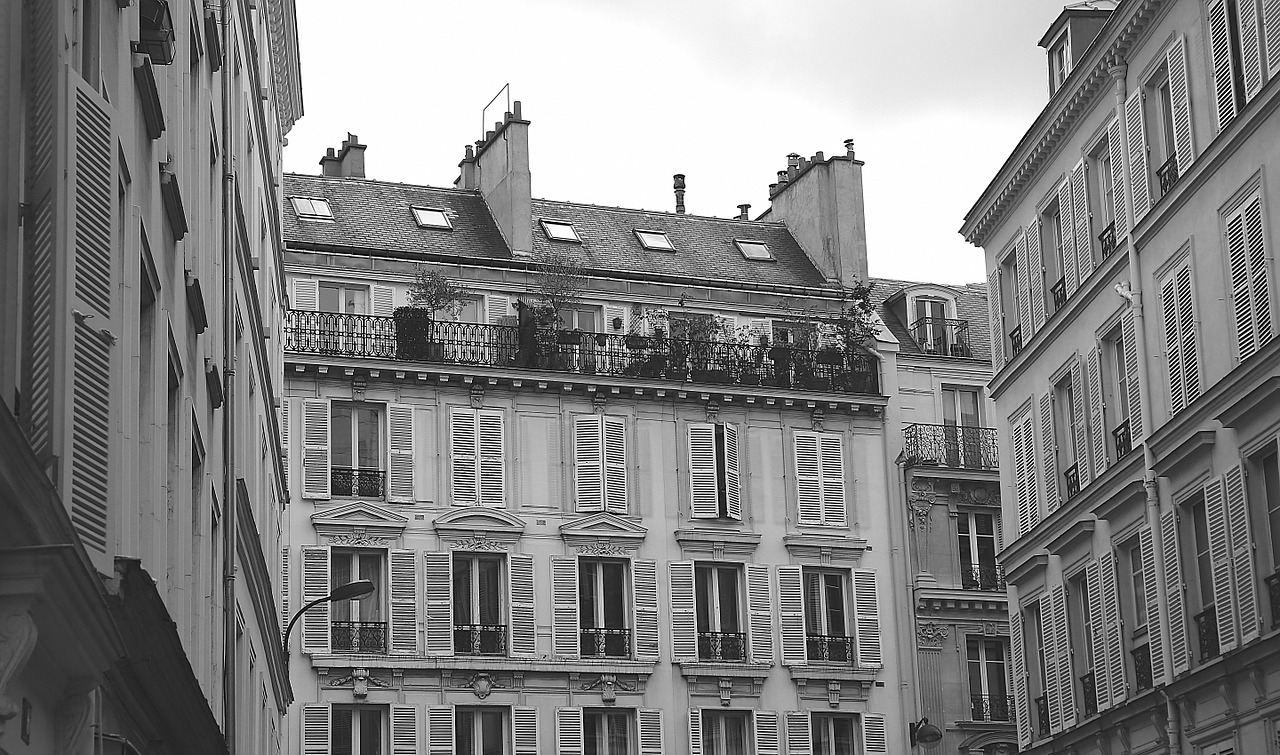
Evolution of ventilation systems throughout history

superadmin
September 21, 2017
Early initiatives to achieve clean indoor air
The concern for achieving clean air has been shared by scientists since ancient times. In ancient Rome, a physician of Greek origin named Gale, who lived between the year 29 and 210 after Christ, synthesized a series of knowledge in this regard, establishing one of the first schools of medicine called Galenism. Gale sought by all means to find what he called "good air", discovering the origin of infectious diseases as a consequence of its contamination.Other scholars such as Florence Nightingale (1820 -1910) insisted on the need for ventilation of rooms, which along with nutrition, temperature, lighting, diet, hygiene, or noise constituted the basic elements for achieving a healthy environment. To this end, she considered it essential that the air be periodically renewed as a prerequisite for the recovery of patients. These studies are part of the hygienist movements in Europe that brought about epidemiology and the study of diseases such as cholera, led by Dr. John Snow.
All these proposals notably influenced the architecture of the 20th century, with the inclusion of interior courtyards in houses to promote cross ventilation. Patinillos began to be included through which the ducts of the installations circulated, thus improving the habitability of the homes. It is now well known that excess pollution in indoor air is the origin of many diseases such as allergies or respiratory infections.
The hybrid ventilation
During the 20th century, as the installation of ventilation systems to renew the indoor air of increasingly airtight buildings became more necessary, hybrid and mechanical ventilation systems began to appear. The first performs the renewal of indoor air when pressure and temperature conditions are favorable and uses mechanical extraction when these conditions are unfavorable. This type of simple flow ventilation works by depression, meaning it extracts the air creating a depression inside the house compared to atmospheric pressure. For it to function correctly, the air intake must be installed in the exterior enclosures of the dry rooms of the house, such as dining rooms, bedrooms, and living rooms, and the extraction in the wet rooms: bathrooms, washrooms, and kitchens. It is an installation that is easy to assemble and advisable in buildings where achieving a high degree of energy savings is not essential, since the system is not equipped with a flow control, nor an energy exchange between the intake and the expulsion of air. It is an installation that does not require much maintenance and allows for the necessary air flows, but it may cause comfort losses due to temperature differences, air movement, speed, and noise.
Siber Ventilation
Related posts

Why is mechanical ventilation necessary in homes?


